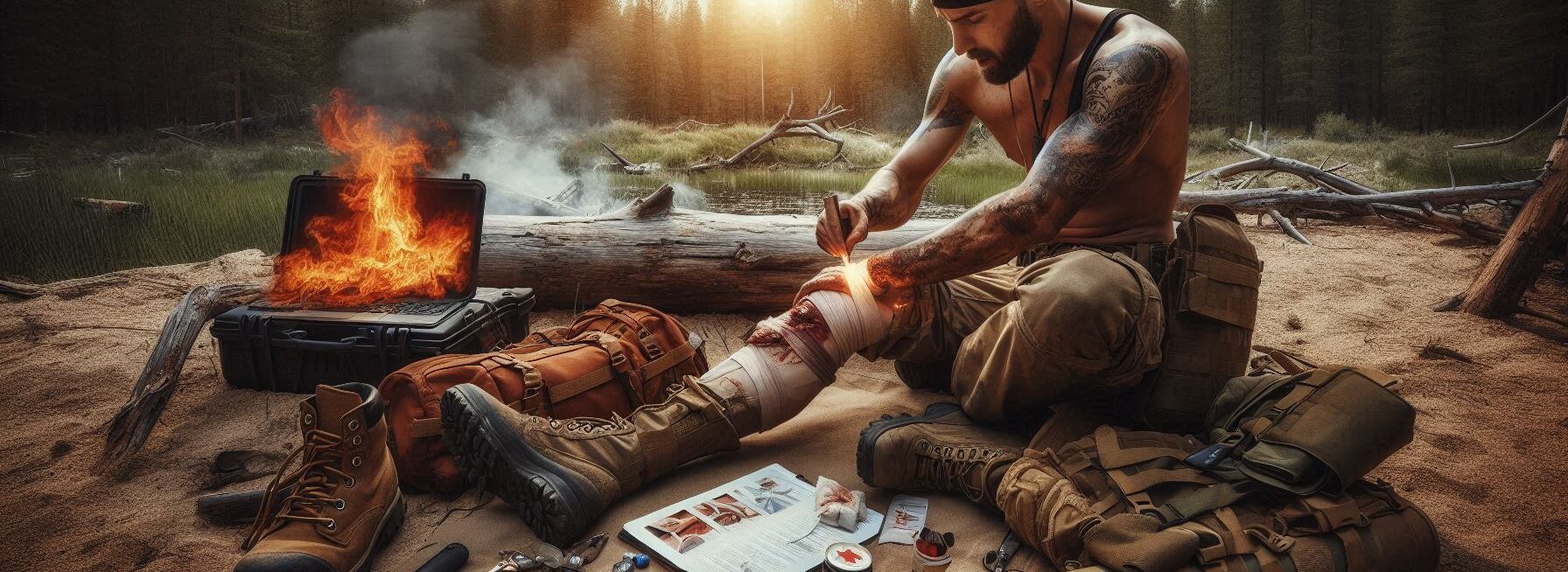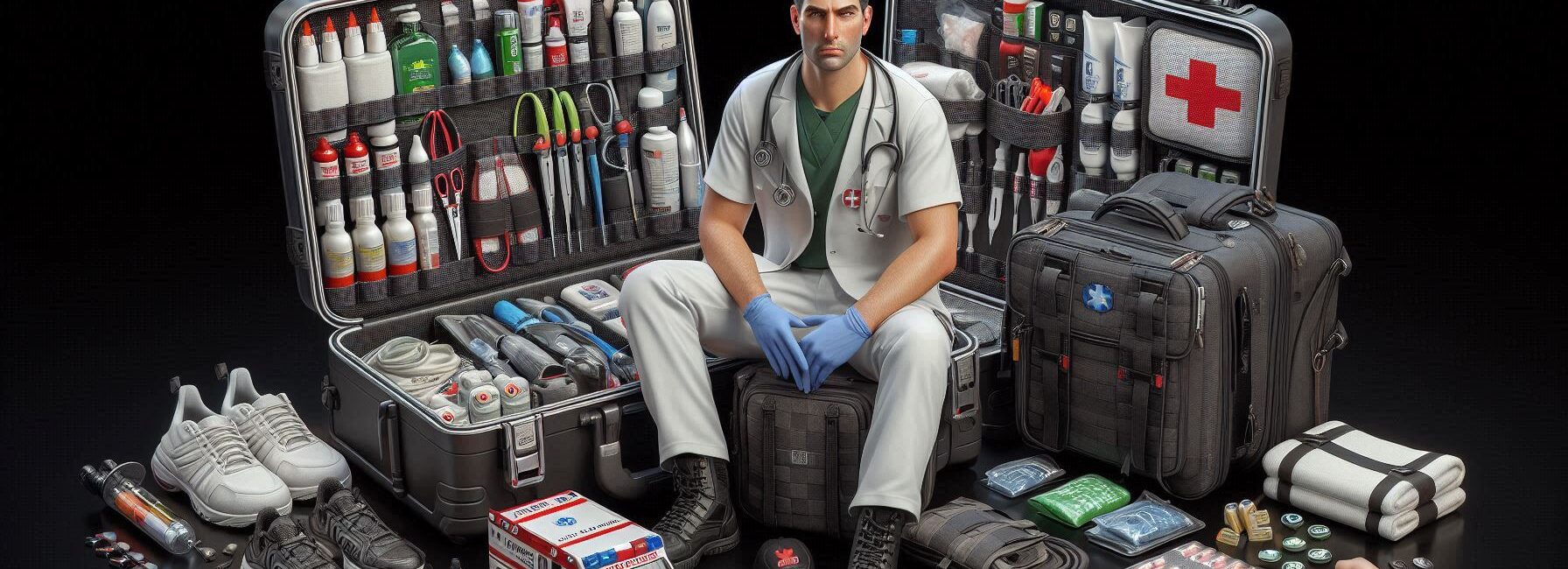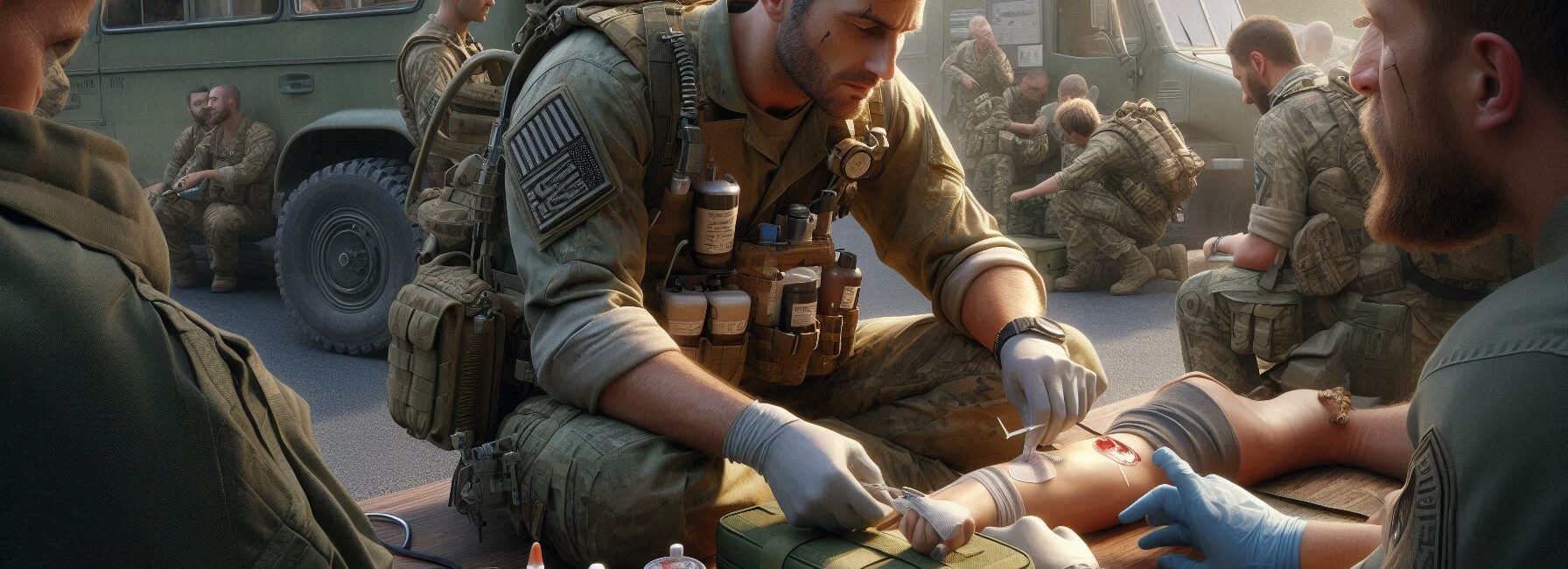Please Note: This post may contain affiliate links. If you click one of them, we may receive a commission at no extra cost to you. As an Amazon Associate, I earn from qualifying purchases.
Last Updated on November 1, 2025 by Kevin Collier
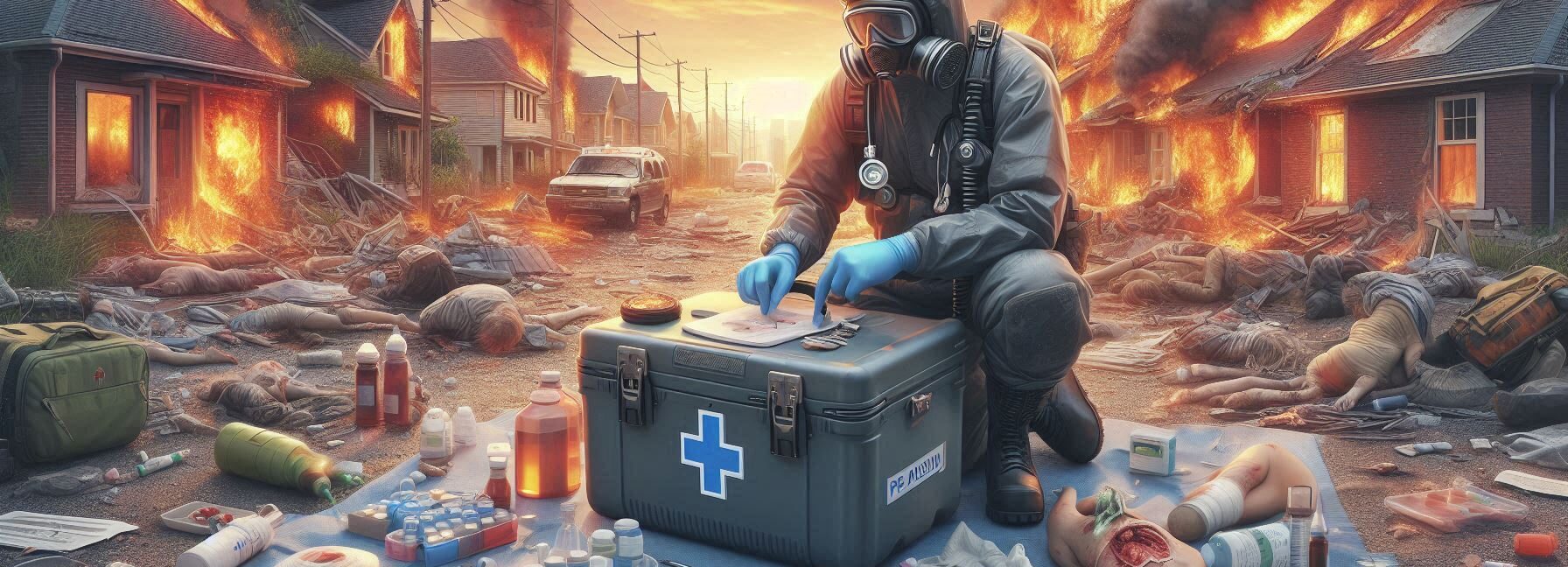
Top Takeaways and Key Concepts
- Assess Airway, Breathing, Circulation (ABCs): Check for open airway, breathing, and signs of circulation.
- Assign Triage Tags: Use color-coded tags: Red (immediate), Yellow (delayed), Green (minor), Black (expectant).
- Perform Rapid Assessment: Quickly evaluate patients to determine severity and prioritize care.
- Reassess Regularly: Continuously monitor and adjust triage categories as conditions change.
- Allocate Resources Wisely: Focus limited resources on patients with the highest chance of survival.
Imagine this: you’re out camping with friends, soaking up the sunshine and having a blast. Then boom! A storm rolls in. Everyone’s rushing to grab their gear and find shelter. Or maybe someone gets a little too excited while cooking and tries to flip pancakes over an open fire. Yikes!
In times like these, knowing how to do triage is super helpful. It can really change a fun camping trip into a serious situation. You don’t want to end up in an emergency room. Or even worse—seeing your buddy cry because his marshmallow got burned!
Understanding triage means knowing what to look for first. If someone gets hurt, you want to figure out who needs help right away. Is it a scrape, a burn, or something more serious? You kinda have to be a detective!
Think about this. If your friend cuts their finger, that’s important. But if someone’s having trouble breathing, that’s the big deal. You help them first. It’s all about staying calm, even when things get crazy.
If you keep a first aid kit handy, you’ll be a hero. Band-aids, antiseptic wipes, and even some ice packs can make a big difference. Your friends will feel a lot safer knowing you’ve got their back.
The world of triage isn’t just about saving lives. It’s about keeping the fun going, too. You can patch up cuts and still roast marshmallows later. Who doesn’t want that, right?
So, let’s dive into this. Knowing some basic first aid and triage not only keeps everyone safe but helps you all make great memories together.
Understanding Triage Basics
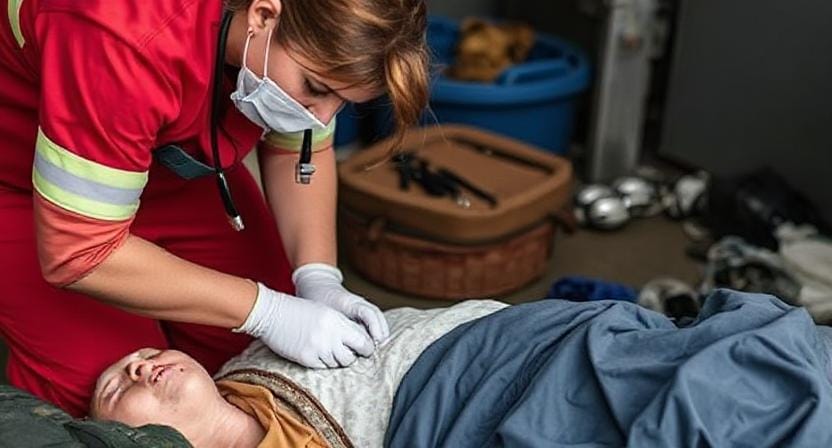
*** Shop for Survival Gear - Tools - Kits ***
Survival Gear - Bags and Backpacks - Knives - Boots/Footwear - Communication
Outdoor Cooking - Gloves - Hydration - Dry Boxes - Water Filtration Systems
Tents - Sleeping Bags - First Aid Kits - Multi-Tools - Flashlights - Fire Starters
Navigation - Survival Food - Night Vision - Headlamps - Stun Guns - Binoculars
First off, what is triage? It sounds like something fancy you’d hear at a hospital or maybe a new type of yoga class. But really, it’s about figuring out who needs help first—like deciding whether to rescue your friend who just fell into the creek or save your half-eaten sandwich from being swept away.
In any disaster situation, time is of the essence. The basic idea is simple: prioritize treatment based on the severity of injuries.
When you're in survival mode, it helps to think like a paramedic—only instead of sirens blaring and lights flashing, you have nature's soundtrack playing in the background (which may include an angry squirrel).
The Triage Categories
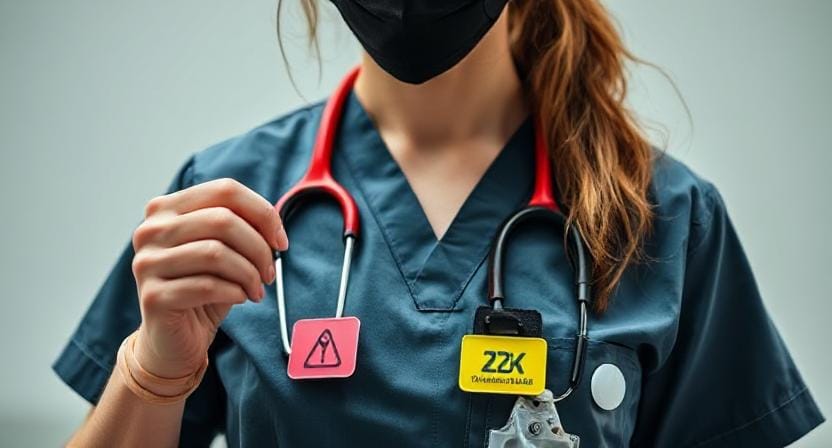
Now that we know what triage is all about, let’s break down how to categorize injuries effectively. You can use a color-coded system that even kids would understand:
1. Red – Immediate Care Needed
Red means “stop everything else!” This category includes life-threatening conditions requiring immediate attention. Think severe bleeding or unconsciousness—basically anything that makes you want to yell “Help!” while waving your arms around like a windmill.
For example, if one friend has managed to slice their hand open while attempting to whittle their own spatula (don’t ask), they need help right away! Apply pressure and stop that bleeding before they start trying to carve sculptures next.
2. Yellow – Delayed Care
Next up is yellow—this indicates injuries that are serious but not immediately life-threatening. These folks might be grumbling about pain but can still wait for assistance without turning blue or sprouting extra limbs.
Imagine someone who twisted their ankle while running away from said angry squirrel—it hurts like crazy but isn’t going to kill them (unless they keep trying to outrun squirrels). You can tend to them after addressing those red emergencies!
3. Green – Minor Injuries
Green refers to minor injuries that don’t require urgent care; think scraped knees from tripping over tent stakes or mosquito bites so big they look like tiny planets orbiting your leg.
You might want to give these people some ice packs later—not because it’s urgent but because nothing says “I care” quite like treating someone's battle wounds from camping adventures! Save these treatments for when things calm down.
4. Black – No Care Needed
Unfortunately, there’s also black—which indicates patients who are unlikely to survive due to the severity of their injuries (or in our case, perhaps they've succumbed after trying out that wild mushroom stew). In this scenario, focus on helping those who can be saved instead of wasting valuable resources.
By the way, nobody wants this category at camp; we prefer our only drama coming from ghost stories around the fire!
Assessing Your Resources
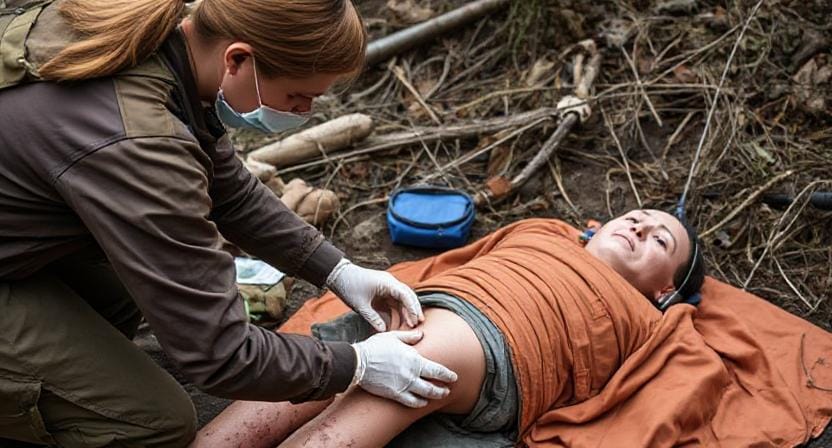
Once you've categorized injuries using your newfound color-coding skills (impressive!), it’s time for resource assessment. Take stock of what supplies you have on hand: bandages? Check! Pain relievers? Double-check!
A questionable amount of chocolate bars? Well…that might come in handy later during emotional support therapy sessions.
Knowing what tools are available allows you to allocate treatment more efficiently—after all, if you’re low on supplies but have ten people needing attention like they're auditioning for reality TV drama roles…well then things get tricky!
Communicating Effectively
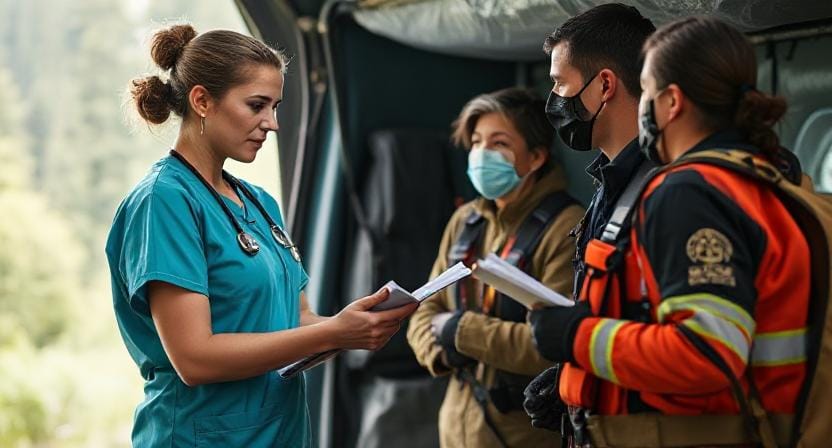
Communication becomes vital during any chaotic situation where triage is necessary—especially since yelling “Help!” may lead everyone else into panic mode rather than productive action.
Assign roles within your group: one person handles first aid while another keeps track of resources; this way everyone stays focused instead of wandering off mid-treatment because they saw something shiny nearby (which usually turns out just being more rocks).
On the other hand, make sure everyone knows where others stand regarding priority levels; keeping everyone informed reduces confusion as well as potential meltdowns over whose turn it is for snacks!
Keeping Calm Under Pressure
When things go wrong, it's important to stay calm. Imagine being outside, maybe having a cup of coffee, and then everything feels like a storm. You make a mess of coffee grinds all over the place. Oh no! You start to get scared. But you know what? That doesn't help anyone!
Take a second. Take a deep breath. Let go of your breath. Keep in mind that you came out to spend time with friends and appreciate nature. Not to act like a part-time doctor, right?
When you keep calm, everyone else will too. Your friends will turn to you when things go wrong. They might feel relaxed too if you are. It works like magic!
What do you think of this tip? Pay attention to what's important. Put the spilled coffee on hold if a friend is harmed. They need your aid! And if you keep your head clear, you'll be able to think better. You can deal with the coffee grounds later, I promise.
Everyone can only endure so much stress. You don't want to be worried about something that can be remedied during a crisis. Instead, you want to be stressed out over marshmallow roasting skills or who gets to pick the next game. It's much better to laugh about burnt marshmallows than to worry over spilled coffee.
So, let those deep breaths show you the way. When you're scared, a calm mind can make the event seem like just another adventure. And every hiccup teaches you something, even if it's simply how to make the perfect s'more after things go wrong. Everything will be OK if you stay calm.
Frequently Asked Questions
What is the main purpose of triage in a disaster?
The goal is to quickly identify who needs immediate lifesaving treatment versus who can wait, so limited resources are used most effectively.
Why do triage systems use color tags?
Color tags make it fast and clear to categorize patients into immediate, delayed, minor, and expectant care groups.
How fast should a triage assessment be performed?
Triage should be rapid, often within seconds, to move quickly through multiple patients under time-critical conditions.
Do triage categories stay the same once assigned?
No. Patients must be reassessed regularly because their status can improve or worsen over time.
What are the most important initial checks in triage?
Airway, breathing, and circulation (ABCs) determine if someone needs immediate lifesaving intervention.
What does the Black category mean?
Black indicates expectant patients who are unlikely to survive with available resources, prioritizing care toward those with higher survivability.
How do limited supplies affect triage decisions?
Resources must be allocated to patients with the highest likelihood of survival, even when others also need care.
Suggested External Resources
Triage Guidelines
https://www.redcross.org/get-help/how-to-prepare-for-emergencies/types-of-emergencies/triage.html
Basic First Aid Skills
https://www.cdc.gov/disasters/firstaid/index.html
Disaster Preparedness Guide
https://www.ready.gov/make-a-plan

Kevin Collier is a seasoned survivalist and expert in prepping and homesteading, contributing to WiseSurvive.com. With a deep-rooted passion for self-sufficiency and outdoor survival skills, Kevin shares practical advice, strategies, and resources to help individuals prepare for any challenge. His informative articles cover a range of topics, from essential survival techniques to sustainable living practices, empowering readers to thrive in any situation. Whether you're a novice or a seasoned prepper, Kevin's insights will inspire you to take charge of your readiness and build resilience for the future.

